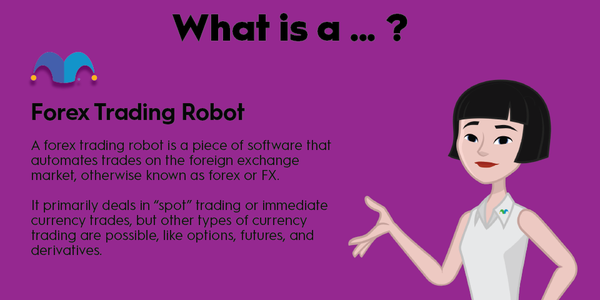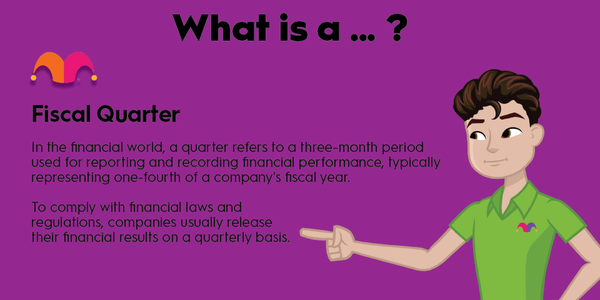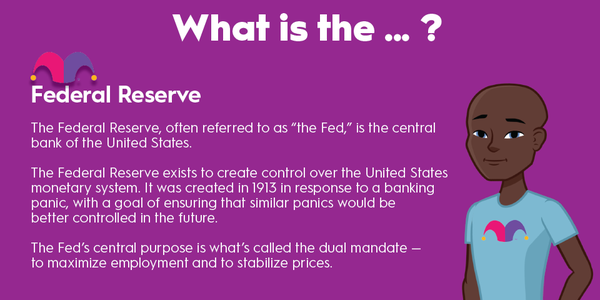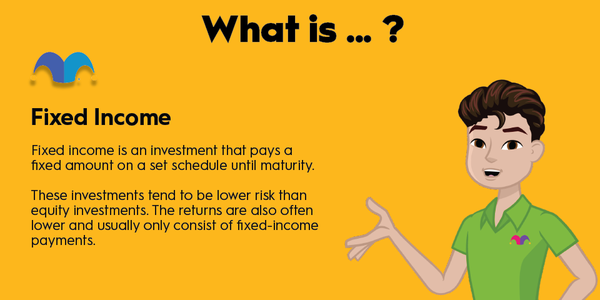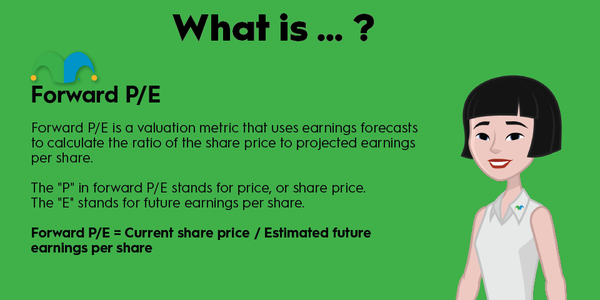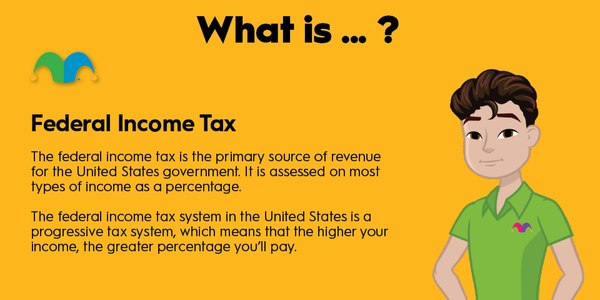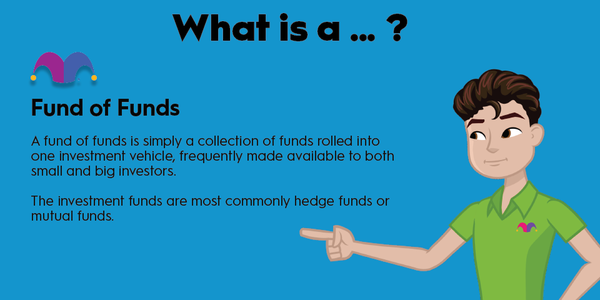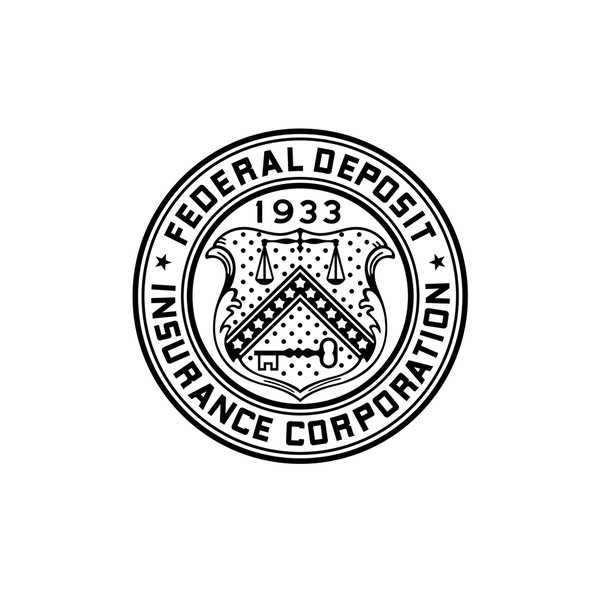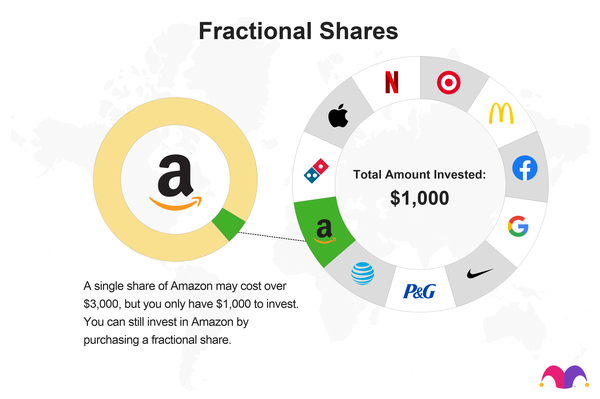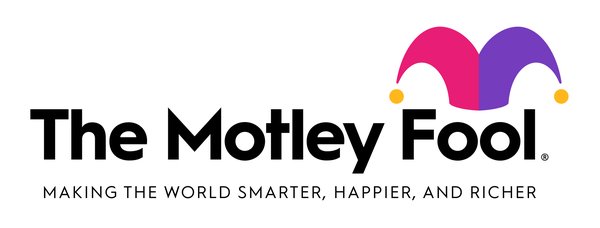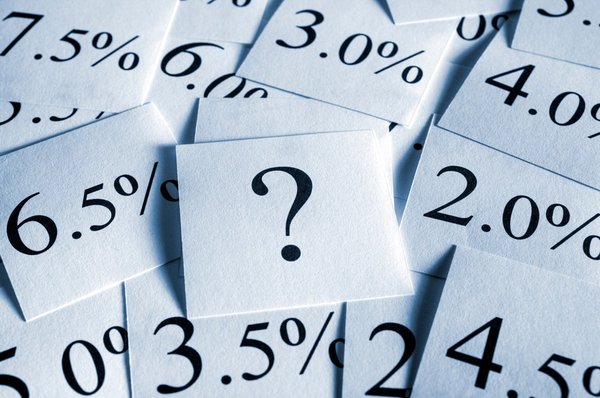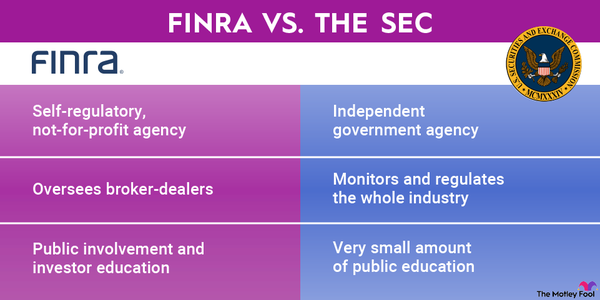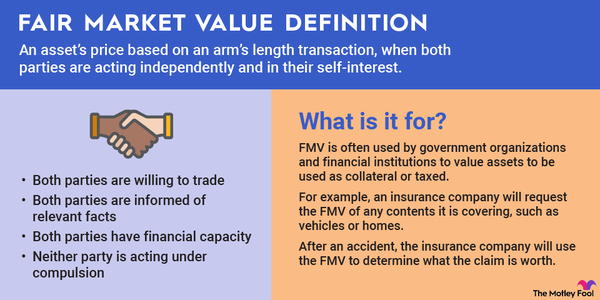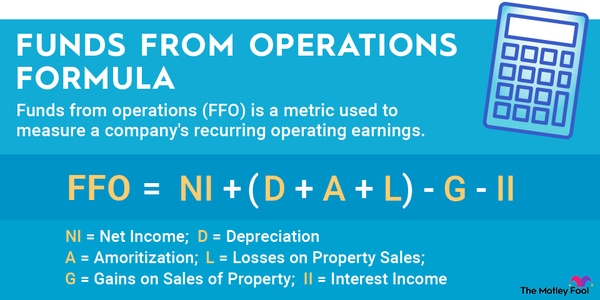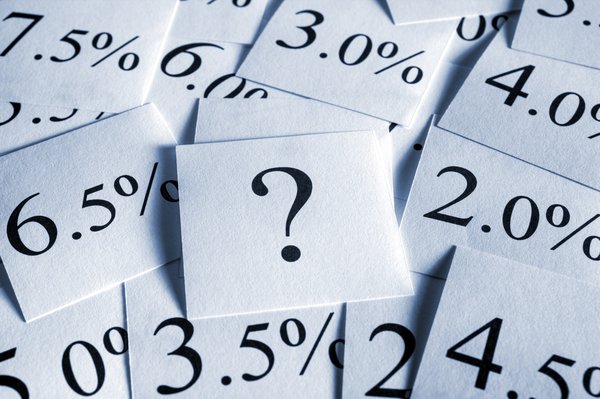A first-world country is a country with a developed economy, high standard of living, and democratic form of government. Typically, these countries are considered economically and politically stable. The term “first-world country” is somewhat outdated in 2023, though, with many considering the term too vague, overly simplistic, and downright offensive. Read on to learn the history of the term, as well as how it’s evolved over time.
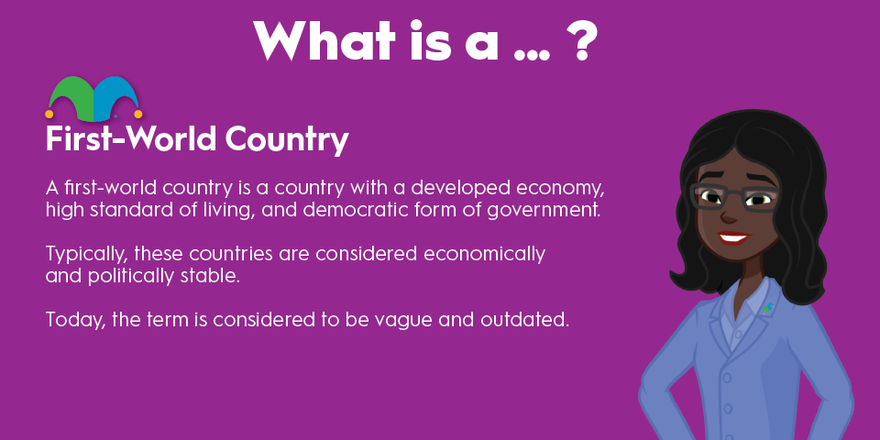
What is a first-world country?
What is a first-world country?
A first-world country is a wealthy country that has an industrialized economy, a democratic government, a strong infrastructure, and adheres to the rule of law. While the label is somewhat imprecise, the United States and Canada, Western European countries, Australia, New Zealand, Japan, and South Korea have long been considered first-world countries.
Common characteristics of first-world countries include:
- High income: First-world countries tend to have a high gross domestic product (GDP) per capita. The World Bank currently considers countries with a GDP per capita above $13,205 as high-income.
- Diversified economies: Developed countries tend to have diversified economies, which contribute to overall stability because they aren’t reliant on a single industry.
- Service-dominated economies: More developed economies are dominated by knowledge-intensive industries and services; less-developed countries rely heavily on the mass production of goods.
- Technologically advanced with strong infrastructure: First-world countries tend to be technologically advanced, which spurs even more technological advancements. They also have quality infrastructure, such as developed roads and power grids, clean air, and safe drinking water.
- High Human Development Index scores: One common metric used to determine whether a country is part of the first world is the United Nations’ Human Development Index (HDI), which measures the quality of life around the world. The index is based on life expectancy at birth, mean years of schooling and expected years of schooling, and gross national income (GNI) per capita. A country that scores 0.80 or higher is considered to have “very high human development,” which meets the basic definition of the first world.
Origins of the three-world concept
Origins of the three-world concept
The “three-world concept” for describing countries evolved in the 1970s during the Cold War era. Although the origins of the model aren’t entirely clear, here’s how first-, second-, and third-world countries have been defined:
- First-world countries: Developed countries like the U.S. and those in Western Europe. Well-off countries that opposed communism and supported the Western Bloc during the Cold War were generally considered part of the first world.
- Second-world countries: The second world consisted of countries with socialist or communist economies that were part of or supporters of the Eastern Bloc during the Cold War. Examples include the former Soviet Union, China, and Cuba.
- Third-world countries: Countries that do not fall into one of the two other categories but had high rates of poverty and illiteracy, low life expectancies, poor healthcare, and poor infrastructure were classified as third-world countries. The term “fourth world” was later coined to describe the poorest, least-developed regions of third-world countries, often inhabited by tribal or nomadic peoples.
Why the "first world" label is problematic
Why the "first world" label is problematic
Terms like “first world” and “third world” are increasingly becoming antiquated. Critics argue that labeling countries in such terms carries racial connotations. Countries once labeled “first-world countries” are often referred to today as developed countries, industrialized nations, or wealthier countries, while those once considered “third-world countries” are frequently described as developing nations or low-income countries.
Another problem with labels like “first world” and “third world” is that they’re overly simplistic. For example, the United States has long been considered part of the first world. Although it has a high GDP per capita, it also scores a relatively high 41.4 on the Gini index, a measure of income inequality, roughly on par with the West African nation of Cote d’Ivoire and Bulgaria.
Related investing topics
Example of a developed country
Example of a developed country
Switzerland is a prime example of a developed country. When the United Nations released its latest Human Development Index scores in September 2022, Switzerland topped the list for the first time. Scores were based on 2021 data from 191 countries.
During 2021, many countries experienced a drop in life expectancy due to COVID-19 and were still reeling from the economic ravages of the pandemic. Life expectancy rose to 84 years, up from 83.1 in 2020. Switzerland also saw its per capita income surge to $93,457 in 2021, a sharp rise from 2020, when it was $86,850.
The UN reported that 90% of countries experienced a drop in HDI scores in 2020 or 2021, making Switzerland one of just a handful that improved their scores. The report noted that gender parity was one area of potential improvement for the Western European country.
